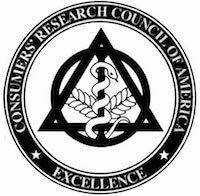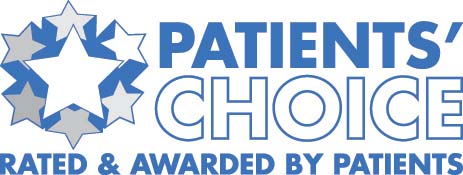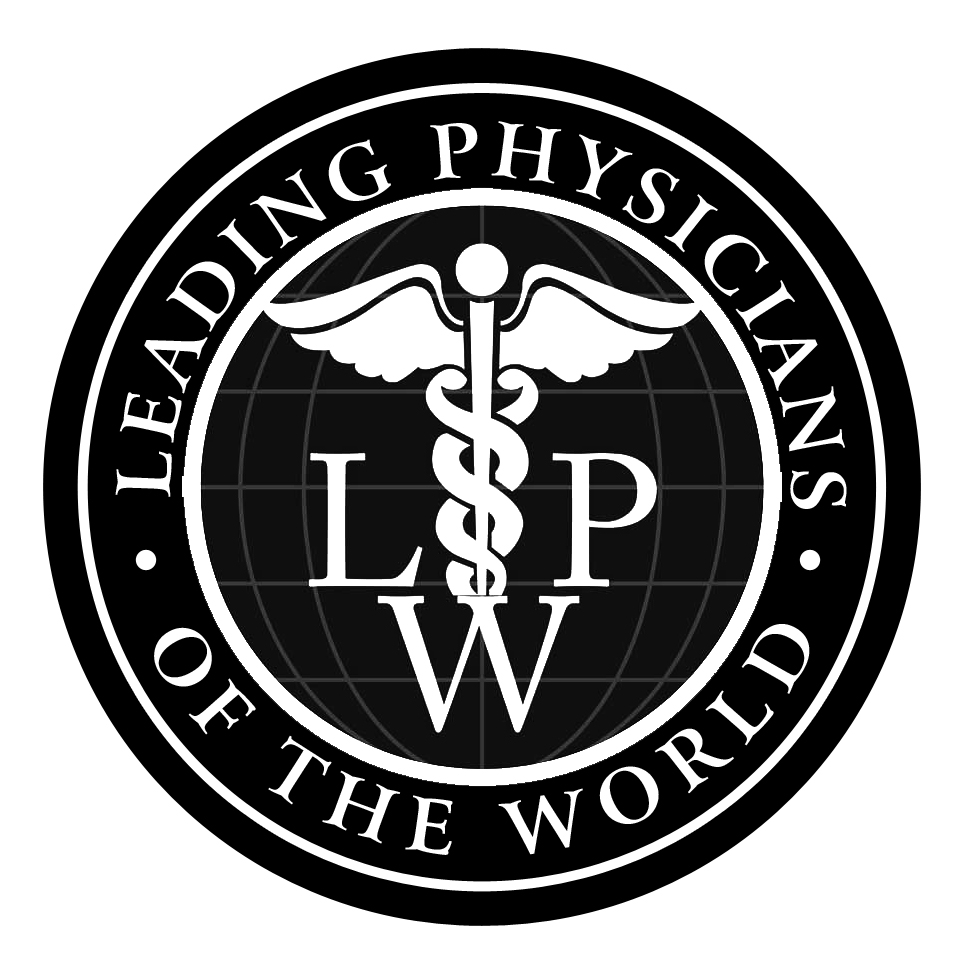Take Control of Your Pain Here.
Love Life Again.
At Arizona Pain, we offer an individualized and comprehensive treatment approach so you can get back to your life, your joy, and your journey.
Arizona Pain was started with a single premise:
to bridge the disconnect in patient care by delivering integrated care treatments that get you out of pain for good.




Looking for Arizona Pain reviews written by real patients for patients just like you?
Read our patient stories now!
Interventional Treatment
Epidural
Radiofrequency Ablation
Spinal Cord Stimulator
Conservative Medication Management
Reduce or Eliminate Opioid Dependence
Anti-Depressants
NSAIDs
Diagnosis
Physical Exam
Imaging
EMG
Chiropractic Care
Physiotherapy
Spinal Manipulation
Spinal Decompression
Ready to start feeling like yourself again? Let’s get you back to living a life you love.
Our Integrated Pain Care Approach
Our team of award-winning pain providers work together to develop an integrated and individualized pain care plan for you.
We start at the beginning with an in-depth diagnosis. Unfortunately, too many of our patients have heard before that the pain is “all in their head,” and we know that’s not true. Our full diagnostic process incorporates the latest imaging techniques and examination criteria to uncover more about your pain.
Learn More33% of patients
completely discontinued their opioid medication
66% increase
in the ability to return to work after treatment
80% increase
in daily activities related to personal care (ADLs)
Meet Our Award-Winning Team
Inspired by a close family member’s personal battle with debilitating pain, our founding physicians opened our Phoenix pain management practice guided by the simple question: “Is this the treatment we would want for our own mom or dad if they were in pain?”
That passion for comprehensive pain management and world-class care drives our entire team’s approach today. Our award-winning Phoenix pain doctors are among the best in the country. They are double board-certified, teach at national levels, and were trained in the country’s leading interventional pain fellowships.
Pain Doctors
Anesthesia Specialists
Chiropractors
Physical Medicine + Rehab
Advanced Practicing Providers
Don’t just live with your pain. Schedule your appointment and let’s get you back to living a life you love.
Let’s Get Your Life Back
At Arizona Pain, we treat a variety of pain conditions using the latest treatment protocols. We discuss the more common conditions and treatments we manage below, but we invite you to review our full library of pain treatments and conditions in our Pain Center.
Conditions We Treat
Complex Regional Pain Syndrome
CRPS is a rare, but excruciatingly painful condition that is challenging to diagnose and difficult to treat.
Neuropathy
Nerve damage can cause a variety of symptoms, including pain and numbness, and is most commonly a complication of diabetes.
Failed Back Surgery Pain
Unfortunately, back surgery does not always lead to pain relief. If you’re suffering from more pain after surgery, we can help.
Treatments We Provide
Medial Branch Blocks
This procedure acts as both a diagnostic tool for back and neck pain, as well as a minimally invasive treatment approach.
Arizona Pain Clinic Locations
Are you ready to get your life back? Contact the Arizona Pain patient concierge team at (480) 245-6211 to schedule your appointment or ask any questions. Find our clinics at the following locations.